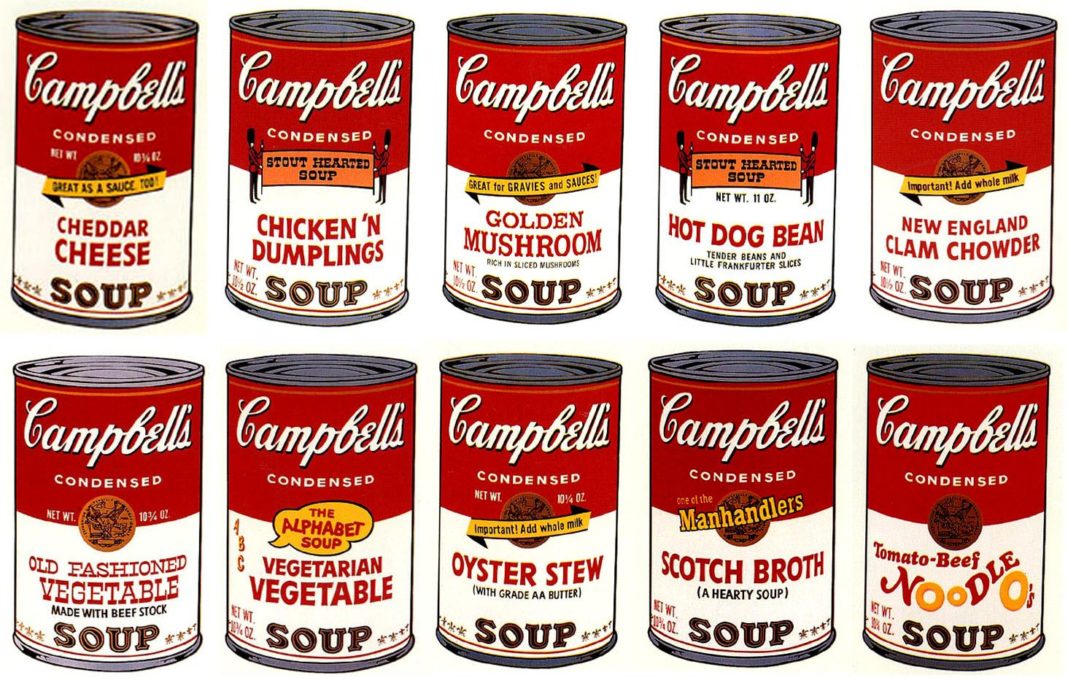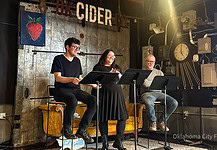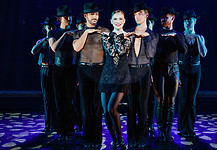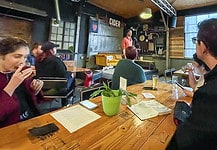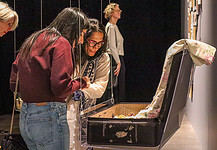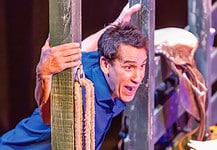Last Updated on January 14, 2022, 7:56 PM | Published: January 14, 2022
OKLAHOMA CITY (Free Press) — We’ve all seen art that’s made us think “I could do that,” works that seem too simple, too straightforward, and just too “easy” to be displayed alongside more traditional fine art pieces by obvious masters like Picasso, Vermeer, or Da Vinci. But there they hang in museums all over the world, a soup can or a cartoon strip or even just stark text printed on a canvas, challenging viewers and dividing opinions for well over half a century.

Oklahoma City Museum of Art will spotlight a number of these pieces, and the artists that created them, in a new “Pop Art” installation opening January 30th. The new gallery, which will stand as a part of the museum’s permanent collection through July, is set to prominently feature two newly acquired, recently created pieces by pop art legend and former longtime Oklahoman Ed Ruscha.
And along with the new exhibit, they’re gearing up for the time-worn conversation and controversy over pop art’s appeal and its importance within modern history.
Reactive Art
“I think the enduring appeal of this movement is that it’s colorful, fun, uses recognizable images from pop culture, and is easy to understand,” said Dr. Bryn Schockmel, OKCMOA’s curator for the exhibition. “In the 1950s and 1960s, young artists in Britain and the United States began to look to Hollywood movies, advertising, product packaging, and comic books for inspiration. In part, they were reacting against highly expressive, large scale, abstract paintings and traditional ideas of what qualified as art.”
Those colorful, fun, easily understandable elements are all at play in the new Ruscha pieces that will be on display in the exhibit, particularly in the bright orange-and-black “Boom Town.”
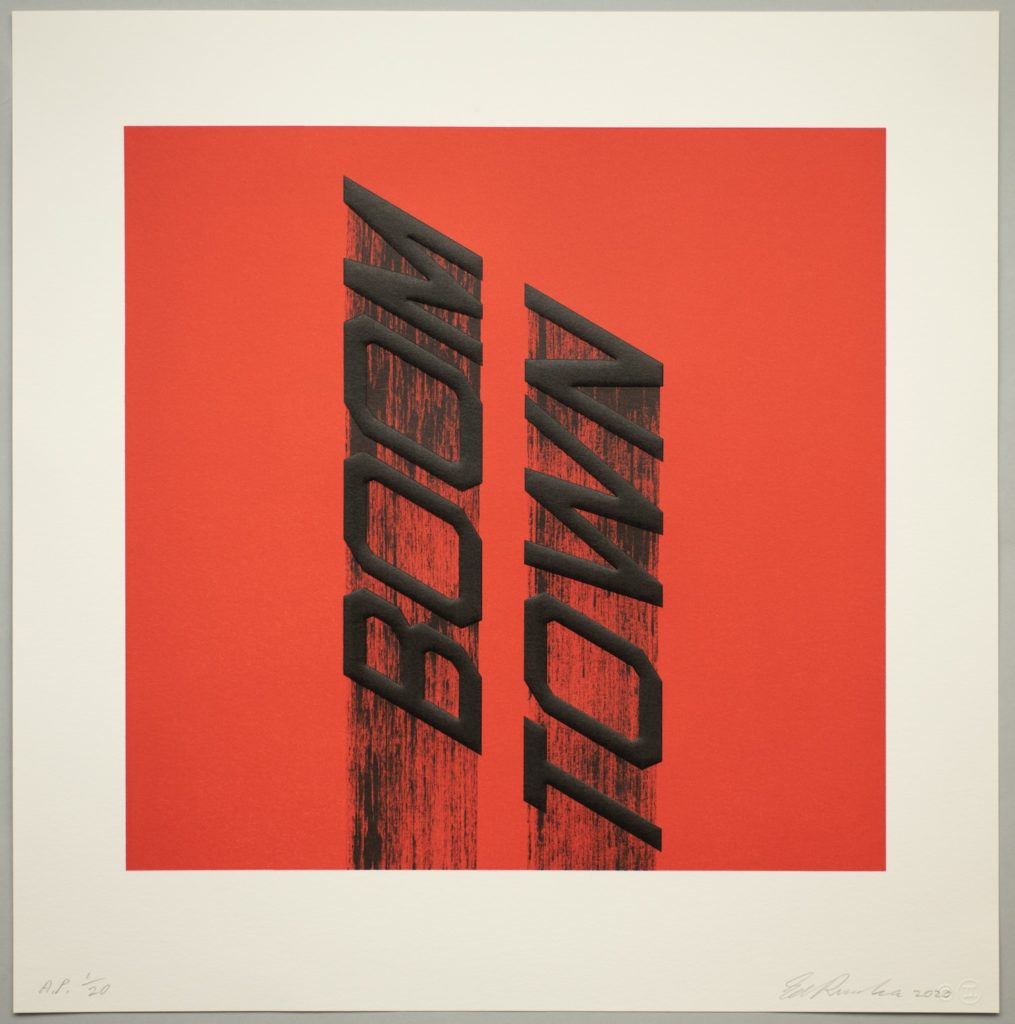
The 2020 painting features a flat, orange background and the simple words “BOOM TOWN” rising vertically from the bottom of the canvas, the words themselves engulfed in blotchy, streaking black that appears smeared behind the lettering. The words could be rising up in the erupting, spewing oil that helped to put Oklahoma City on the map, or they could be melting and falling away, potentially implying a less favorable future for OKC.
It’s exactly the kind of open-ended, infinitely interpretable work that defines the pop art style. The works often exist to make viewers consider the nature or meaning of the object and words in the frame. Instead of offering captivating visuals and imagery, many of the great pop artists were using the medium to simply plant an idea in your head.
Rebellious Spirit
“It’s a reflection of what we, as a society, value,” says OKC’s Christin Bivens, a part-time artist who studied Fine Arts and Art History at both OU and the Kansas City Art Institute, and who has been a lifelong fan and student of the pop art style. “It punctuates a period defined by mass production, capitalism, technology, and a rebellious youthful spirit. I don’t see a lot of difference in Warhol producing works made by others in the Factory and art academies from centuries ago.”
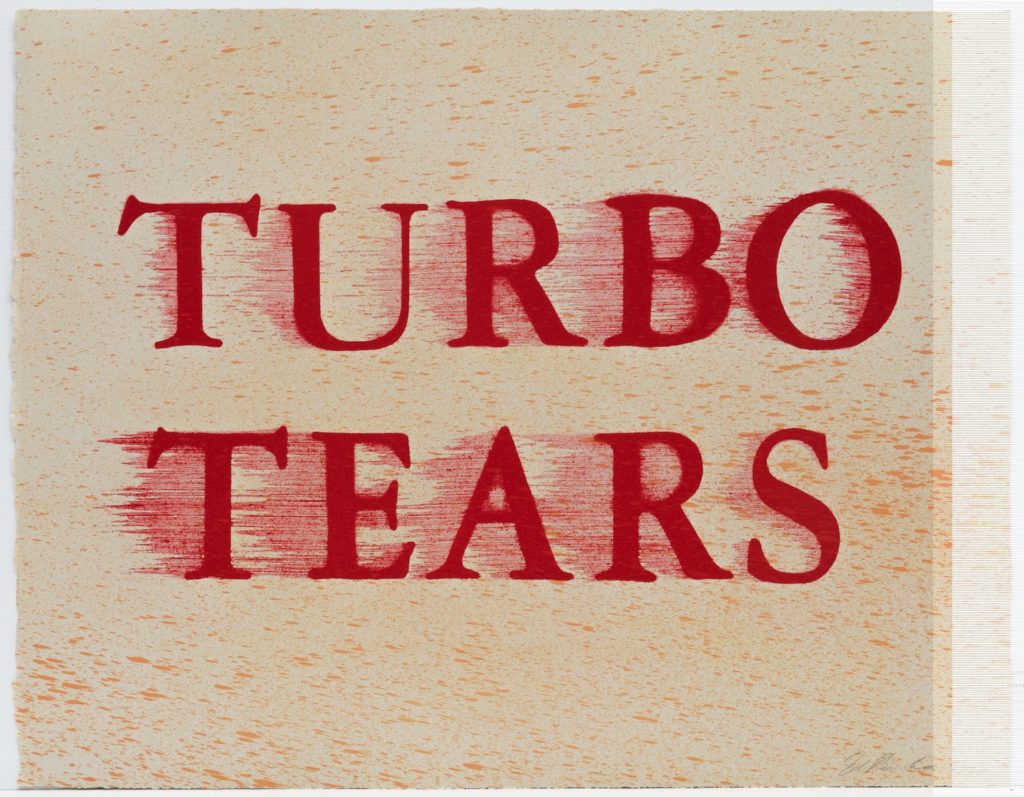
Comparing pop art collectives and their reproduction techniques to the great fine arts academies is surprisingly apt and well-timed. On January 31st, the day after the Pop Art installation opens, OKCMOA is set to close their limited exhibition “For America,” which features numerous works from the National Academy of Design, one of the best-known and most respected arts academies in the world.
For just one day, visitors will be able to view works created through silkscreen reproduction at Andy Warhol’s Factory (such as the infamous Campbell’s Soup Cans) in the same setting as the traditionalist oil paint portraiture and landscapes of the National Academy of Design.
They are two wildly different groups and environments, both producing art under surprisingly similar circumstances of education and reproduction work.
“You Can’t Do That!”
The eternal conflicts between “pop” and “fine” art, and the surprising intersections between them, have arguably formed the basis of much of the 21st Century’s modern art world. As cities and businesses look to offer striking public art or highly aesthetic logo and advertising design, the lines have continued to blur, with many of this generation’s brightest young artists walking in both worlds simultaneously.
Muralist Carlos Barboza is well-known around OKC for his staggeringly lush and photo-real works on buildings all across the Metro (including the new east side Homeland murals,) but he also helped to design and implement the minimalist and decidedly “pop art” logo for his friends at Lively Beerworks.
He wasn’t always so keen on those pop art sensibilities, though.
“As someone who spent their entire life trying to paint like Caravaggio, I would take a look at Andy Warhol’s work and think, ‘You can’t do that! That’s against the rules!’” Barboza told me. “But all of that changed when I committed to becoming a full time artist and that very important question popped into my head: “what do you want to say?’”
Though Barboza used to count himself among the many that still reject the childlike minimalism and controversial simplicity of the style, he says that learning to find his own voice as an artist led to an appreciation of the voices and statements of the great pop artists.
“The genius of Andy Warhol is that he was able to say incredibly complex and nuanced things in the simplest of terms,” he said. “I have learned that the true value of art doesn’t come from how detailed a texture is or how realistic an object looks. It’s ultimately about what it is you’re trying to say and how you say it.”
Even the biggest fans and appreciators of the style accept that it might always be challenging for others, but it’s the legacy and the importance to art history, they say, that deserves to be seen and understood in a museum setting like OKCMOA.
“Whether or not someone sees value in the pieces, or the process, or the artists themselves,” Bivens said, “the impact of pop art is undeniable.”
OKCMOA’s new “Pop Art” installation will open to the public on January 30th. For timed ticketing, schedules, and information, visit okcmoa.com.
Brett Fieldcamp has been covering arts, entertainment, news, housing, and culture in Oklahoma for nearly 15 years, writing for several local and state publications. He’s also a musician and songwriter and holds a certification as Specialist of Spirits from The Society of Wine Educators.
